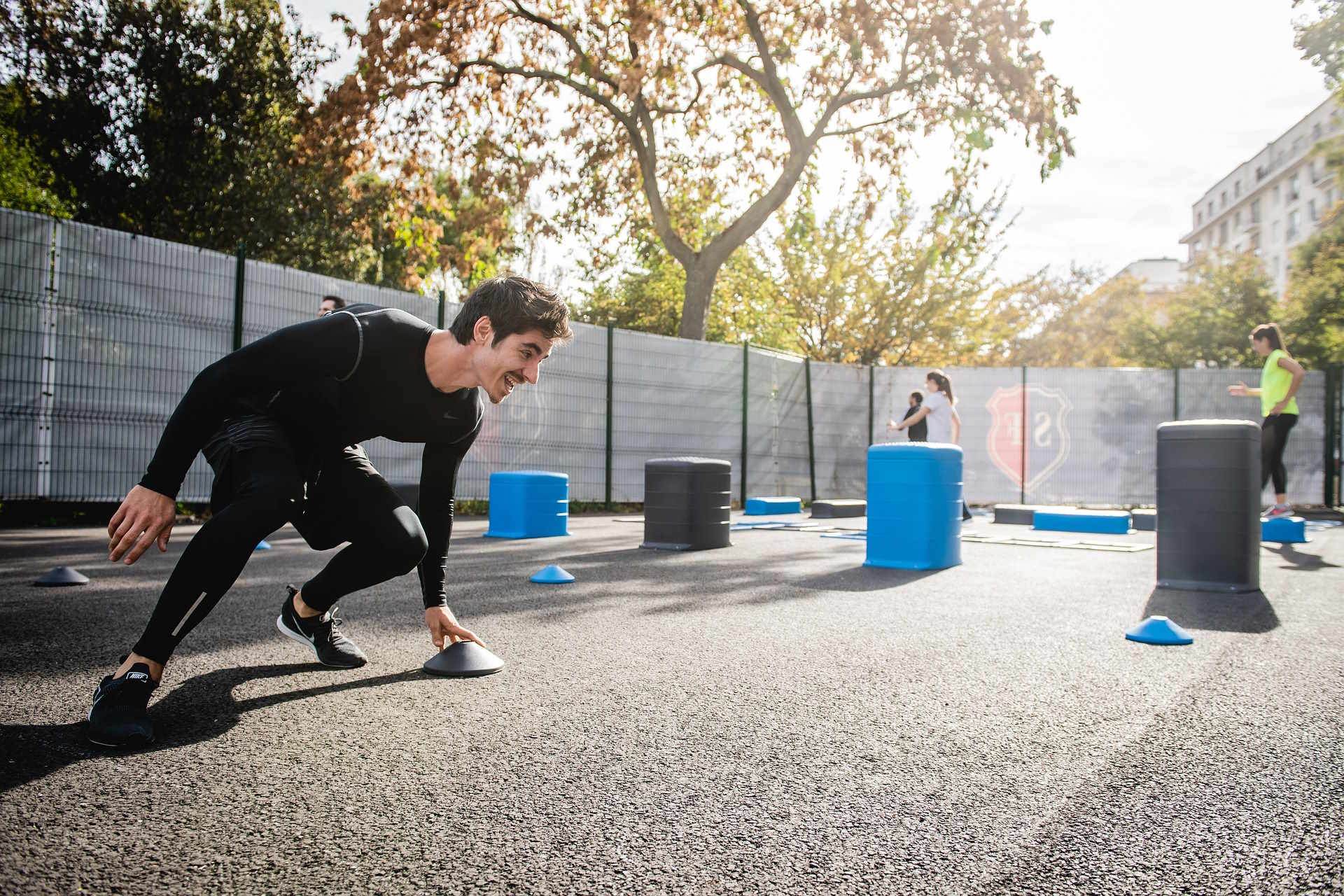The Rise of Neurofeedback
The world of sports is constantly evolving, with new technologies and scientific advancements transforming the way athletes train and perform. One such cutting-edge development that is gaining momentum is neurofeedback, a brain-training technique that is helping athletes reach new heights. Read below to discover how this fascinating technology is revolutionizing sports training.

Neurofeedback: A Game-Changing Technology
Neurofeedback is a form of biofeedback that uses real-time displays of brain activity to teach self-regulation of brain function. Athletes use this technology to optimize their mental state, enhancing focus, reducing anxiety, and improving performance. It’s a non-invasive technique that provides immediate feedback, allowing athletes to understand their brain’s activity and learn how to control it.
The Science Behind Neurofeedback
Neurofeedback works by monitoring brainwaves through sensors placed on the scalp. These sensors measure electrical activity, and the information is displayed on a screen. Athletes can then see their brain’s activity in real-time and learn to manipulate their brainwaves, aiming for an optimal state for peak performance. The science behind it is complex, but the potential benefits are immense.
Neurofeedback in Action: Real-World Examples
Neurofeedback is already making waves in numerous sports. For instance, golfers use it to enhance focus and reduce performance anxiety. Swimmers use it to improve their starts and turns, where split-second reactions are crucial. Even in team sports like basketball and soccer, players use neurofeedback to improve their decision-making skills and reaction times.
The Potential Benefits of Neurofeedback
The potential benefits of neurofeedback for athletes are vast. It can help improve focus and concentration, reduce anxiety, enhance decision-making skills, and improve reaction times. Additionally, it can help with recovery from injuries by promoting relaxation and reducing stress. While more research is needed, the initial results are promising.
The Future of Neurofeedback in Sports
As the technology advances and becomes more accessible, it’s likely that we’ll see more athletes incorporating neurofeedback into their training routines. The ability to train the brain in the same way we train the body could revolutionize sports training, leading to improved performance and potentially fewer injuries.
Useful Tips and Facts:
- Neurofeedback is a non-invasive technique that provides real-time feedback on brain activity.
- The technique can help athletes improve focus, reduce anxiety, enhance decision-making skills, and improve reaction times.
- Neurofeedback is already being used in sports like golf, swimming, basketball, and soccer.
- The technology could revolutionize sports training as it becomes more accessible.
In conclusion, the rise of neurofeedback in sports training is an exciting development. This technology has the potential to revolutionize the way athletes train, improving both performance and recovery. As we continue to explore the capabilities of the human brain, it’s clear that the future of sports training lies not just in physical fitness, but in mental fitness too.




